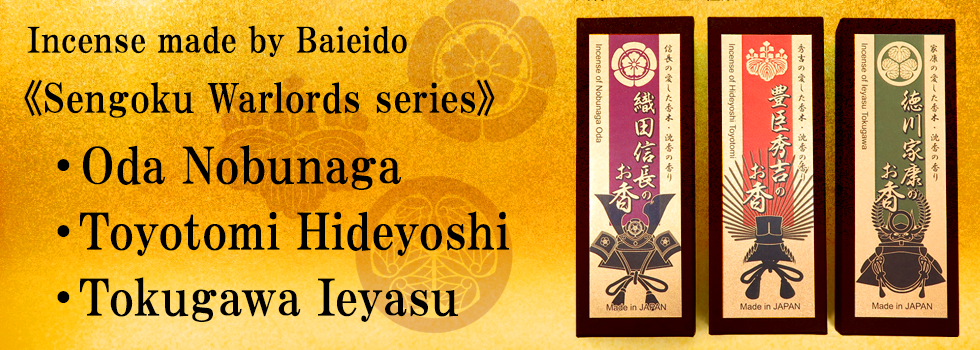Incense imaged by Oda Nobunaga, Toyotomi Hideyoshi, Tokugawa Ieyasu
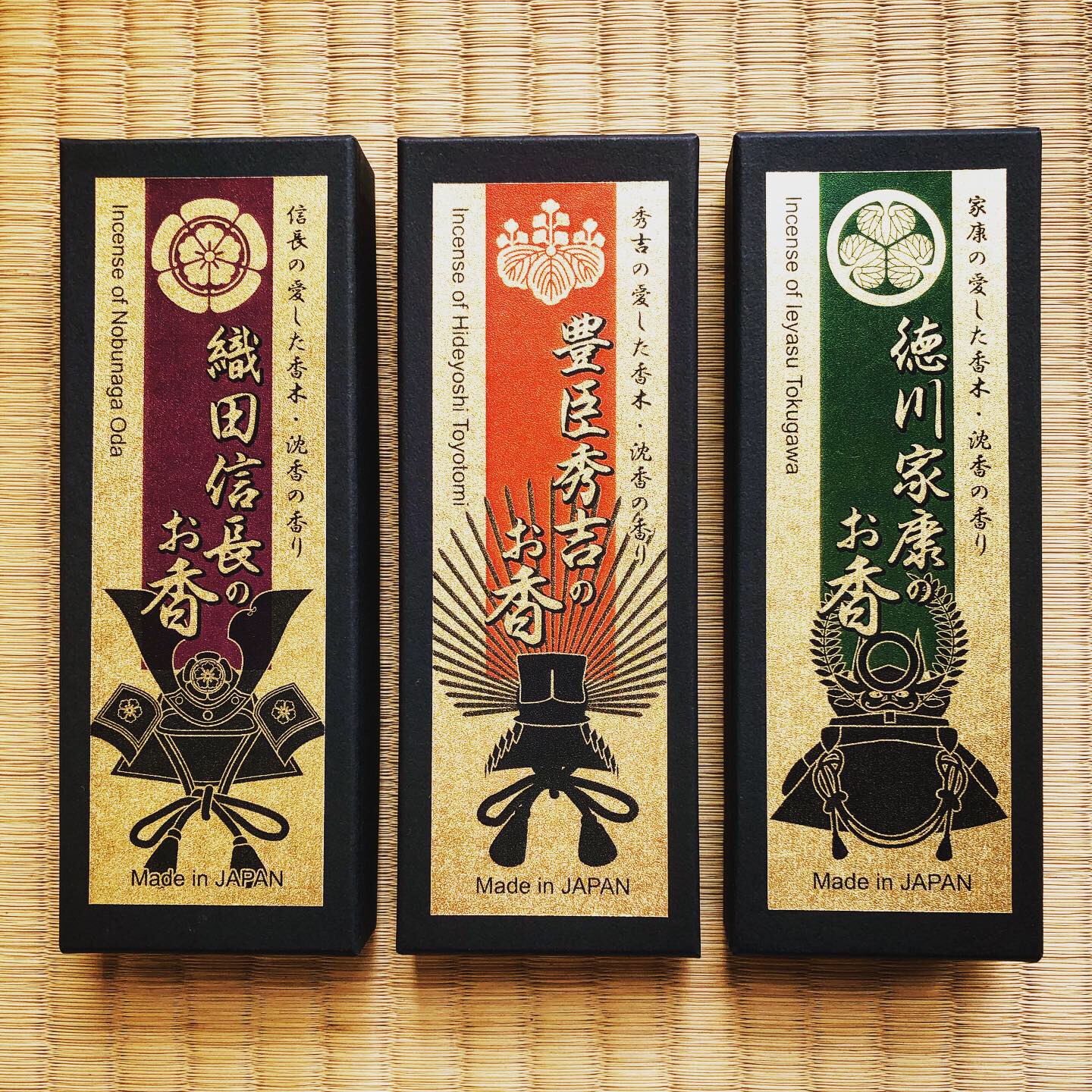
Baieido a long-established incense maker in Osaka, has created a new incense imaged Sengoku warlords.
They are the most famous samurai Busho in Japan, “Oda Nobunaga”, “Toyotomi Hideyoshi” and “Tokugawa Ieyasu”.
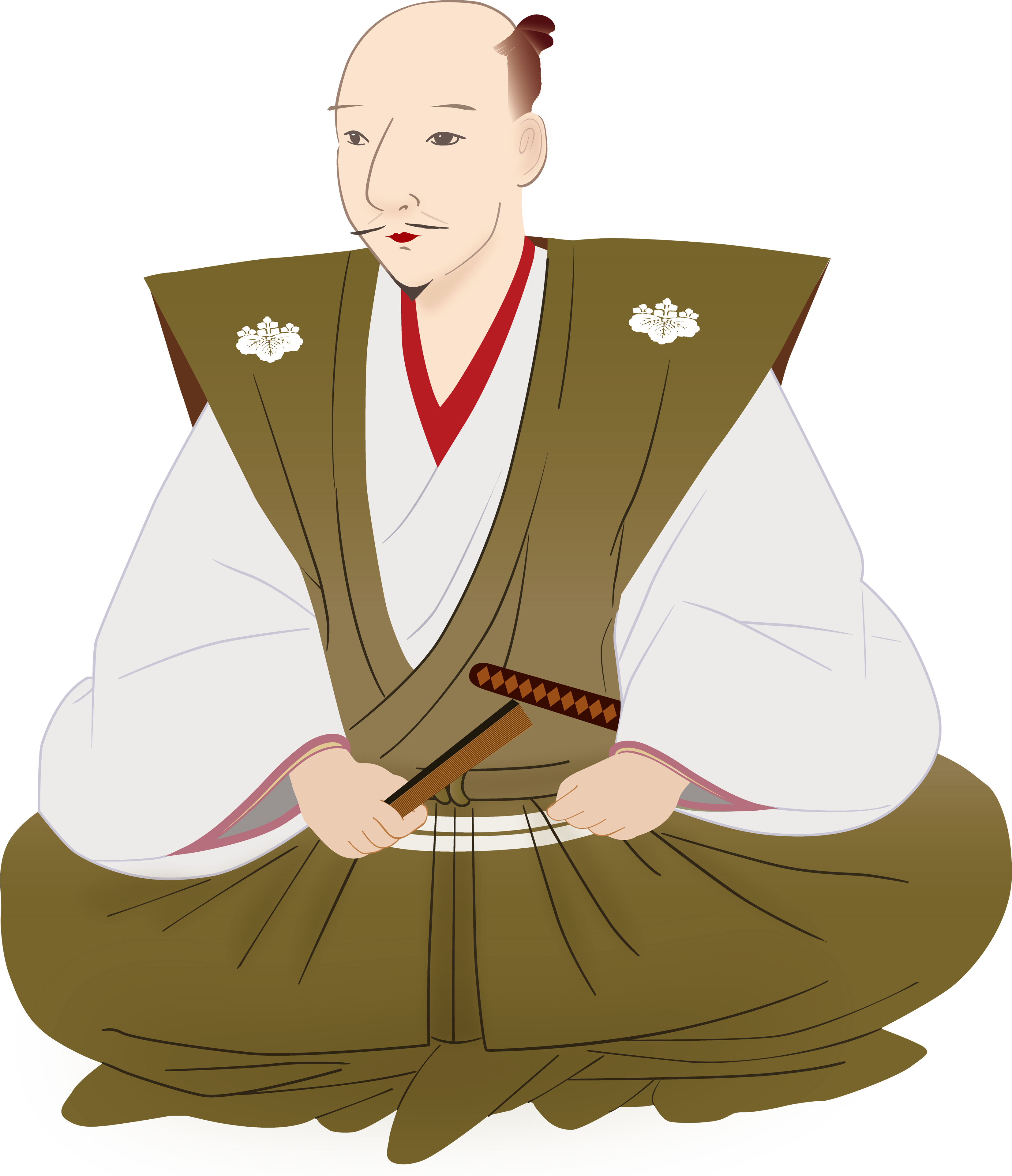
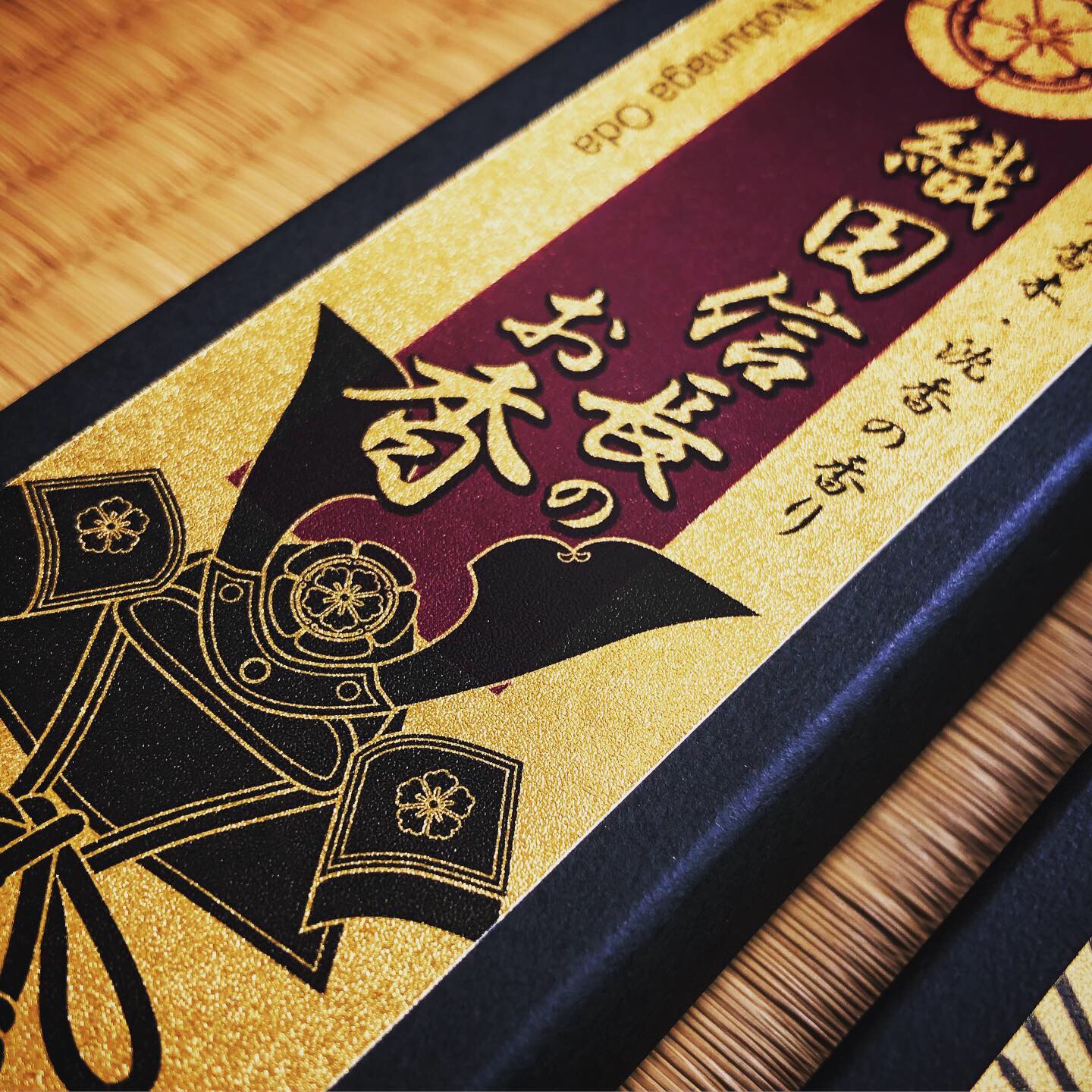
Oda Nobunaga (織田 信長, 1534 – 1582) was a Japanese Samurai in the late 16th century who attempted to unify Japan during the late Sengoku period, and successfully gained control over most of Japan through conquest.
Oda Nobunaga is Busho regarded as one of three unifiers of Japan along with his retainers Toyotomi Hideyoshi(豊臣秀吉) and Tokugawa Ieyasu(徳川家康).
His reign was noted for innovative military tactics, fostering free trade, and encouraging the start of the Momoyama historical art period.
He was killed when his retainer Akechi Mitsuhide rebelled against him at Honnoji Temple.
Because Oda Nobunaga was very strong in war, some people today respect him as a strong man Samurai.
Sengoku warlords loved agarwood and their status was to have a quality agarwood.
For the samurai, having high quality agarwood was a symbol of power.
Oda Nobunaga especially loved agarwood.
So he entered Shosho-in, where Japanese treasures are kept, and cut out Ranjatai(蘭奢待) that most famous fragrance wood in Japan.
Even now, Oda Nobunaga’s name tag is attached to the cutout.
Only three people in history have cut out , Ashikaga Yoshimasa(足利義政), Emperor Meiji(明治天皇), and Oda Nobunaga.
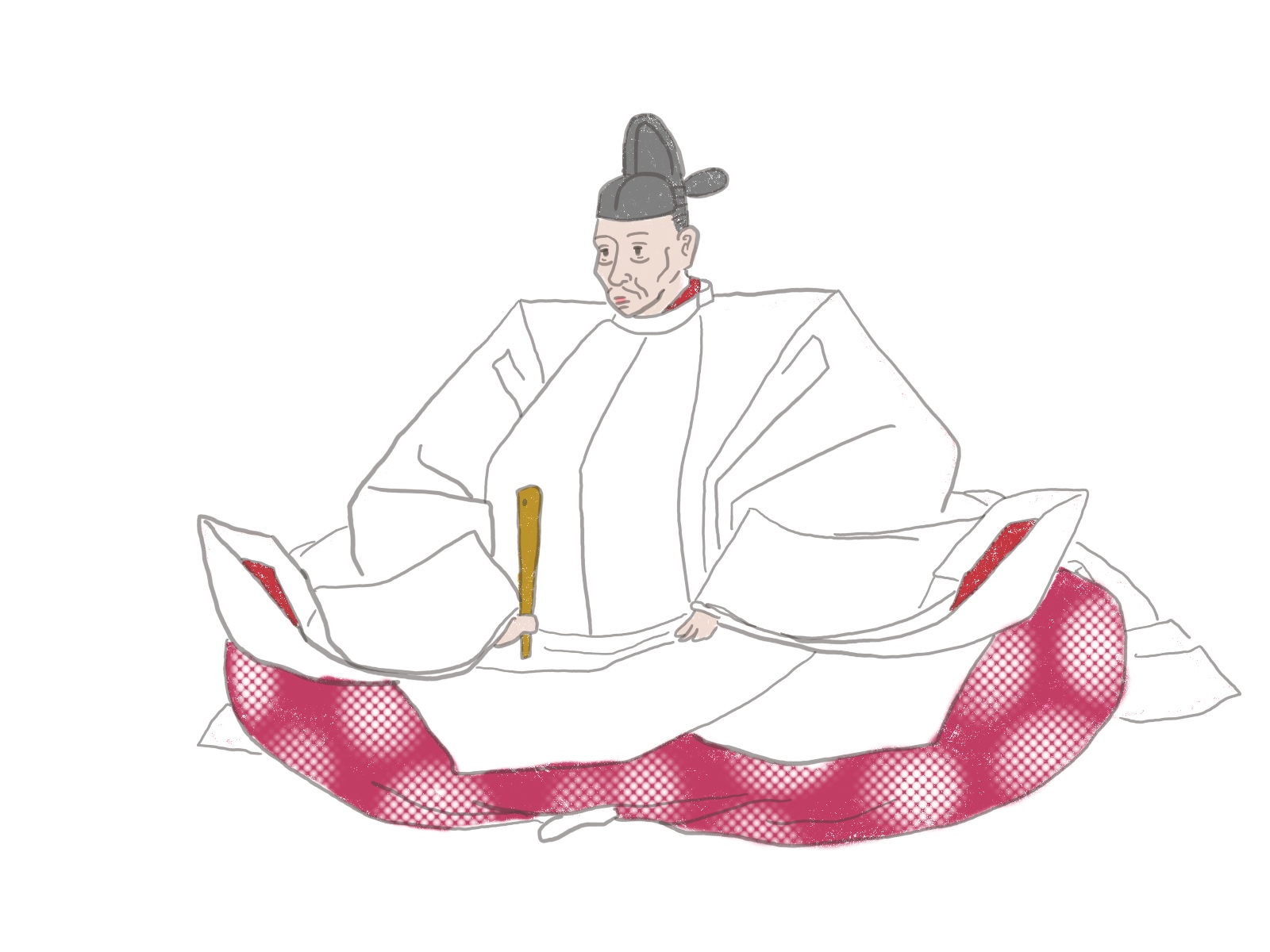
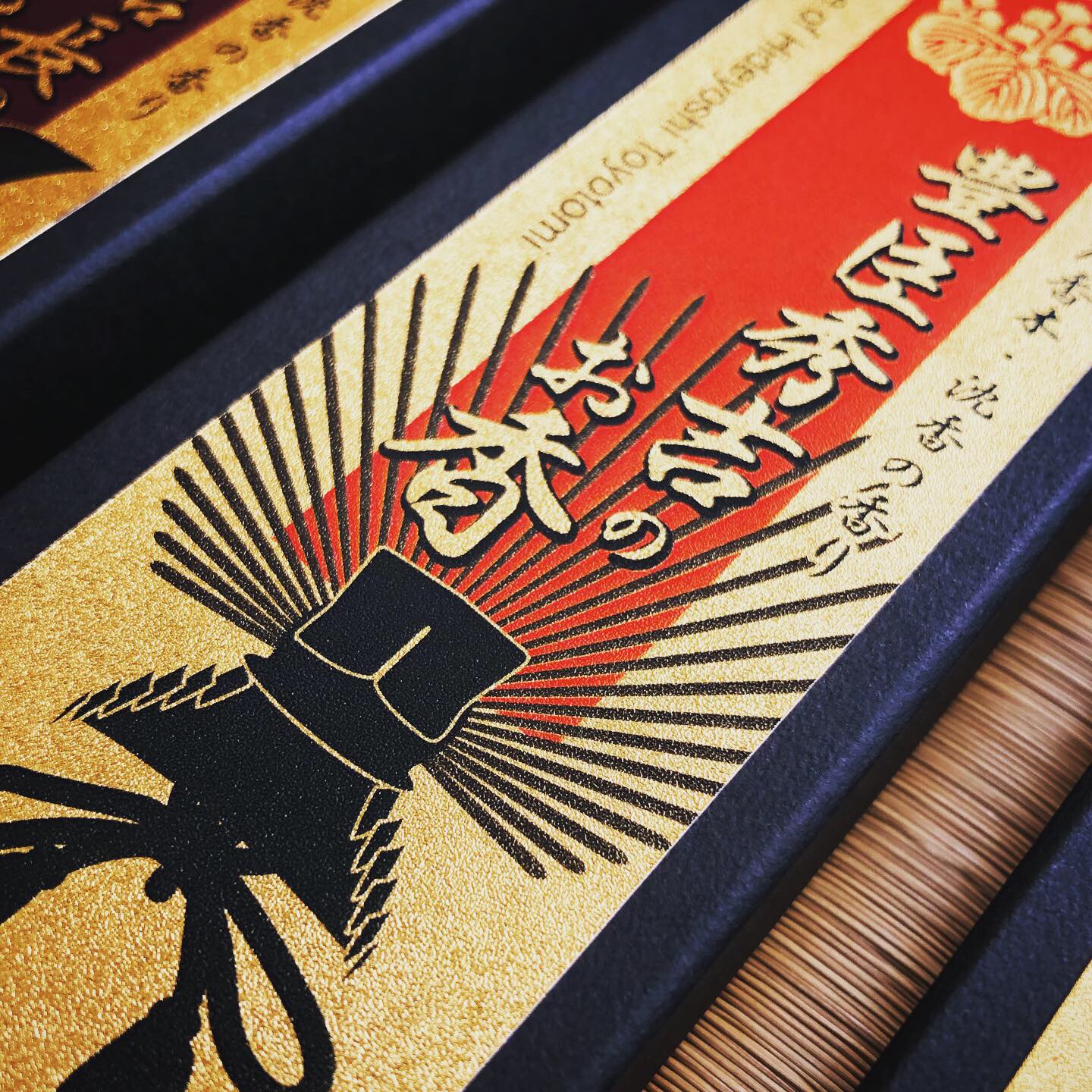
Toyotomi Hideyoshi (豊臣 秀吉, 1537 – 1598) was a preeminent daimyō, warrior, general, samurai, and politician of the Sengoku period who is regarded as Japan’s second “great unifier”.
He succeeded his former liege lord, Oda Nobunaga, and brought an end to the Sengoku period.
The period of his rule is often called the Momoyama period, named after Hideyoshi’s castle.
Hideyoshi left an influential and legacy, including:
・restricting the possession of weapons to the Samurai
・the construction and restoration of many temples, some still visible in Kyoto today.
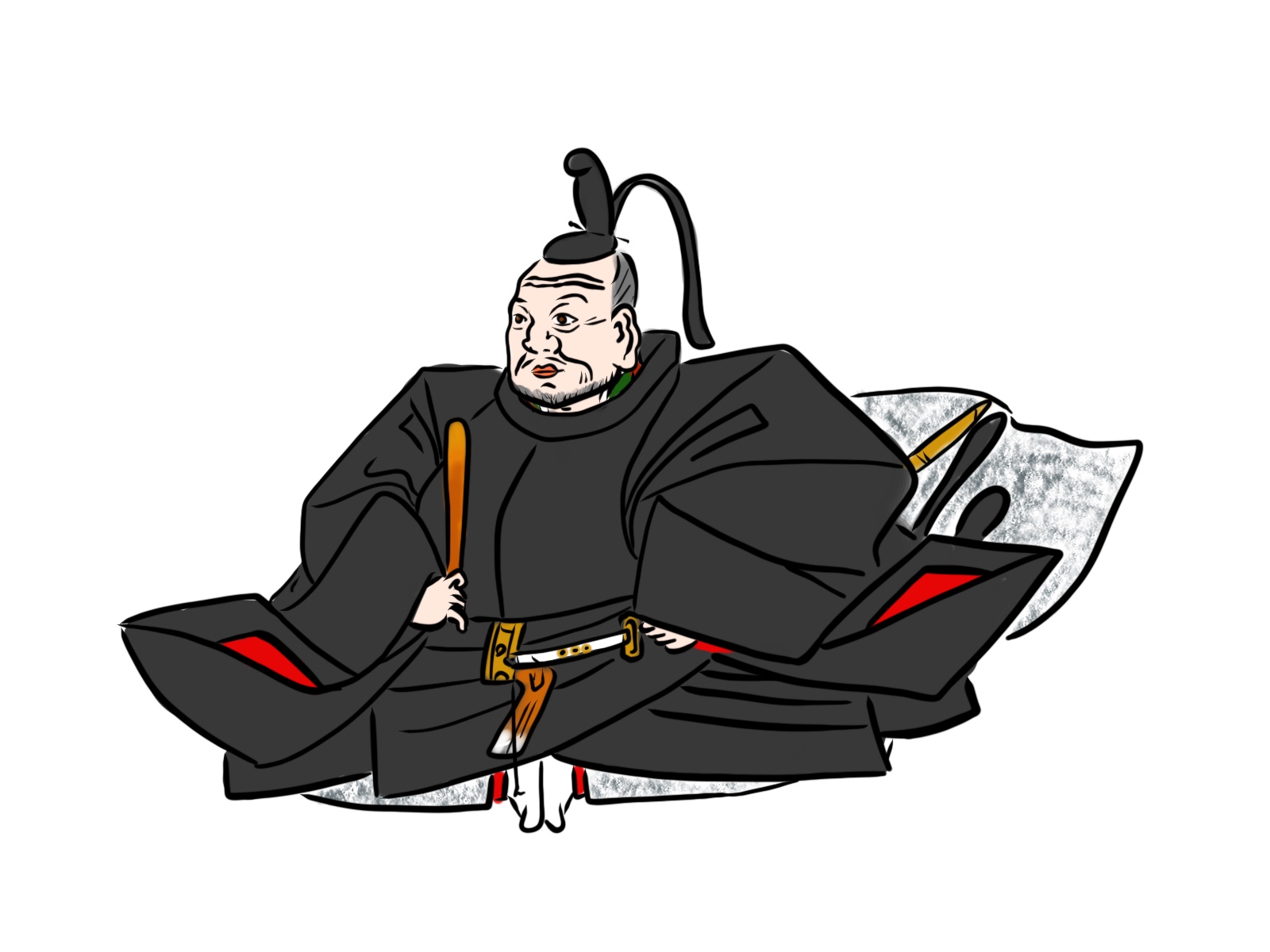
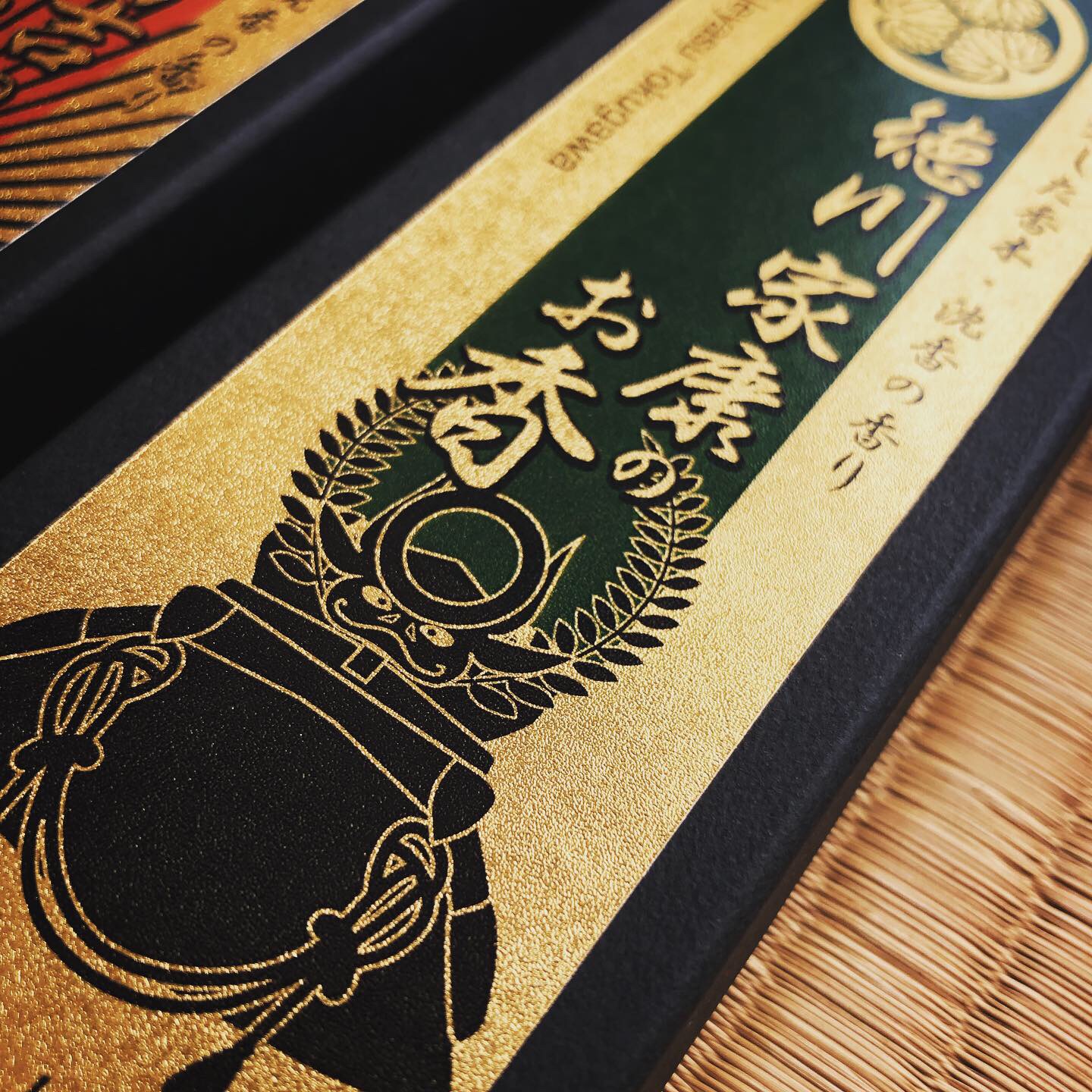
Tokugawa Ieyasu (徳川家康 1543 – 1616) was the founder and first shōgun of the Edo shogunate of Japan, which effectively ruled Japan from the Battle of Sekigahara in 1600 until the Meiji Restoration in 1868.
Ieyasu seized power in 1600, received appointment as shōgun in 1603, and abdicated from office in 1605, but remained in power until his death in 1616.
Ieyasu was posthumously enshrined at Nikkō Tōshō-gū with the name Tōshō Daigongen (東照大権現).
Tokugawa Ieyasu also loved incense and was an avid fragrance wood collector.
Ieyasu’s passion for collecting scents was strong, and he sent many letters to the kings of Southeast Asian countries in search of high quality agarwood (Kyara).
The fragrance wood left by the Tokugawa family are collected at the Tokugawa Art Museum in Nagoya, Aichi.
Oda Nobunaga Incense is a strong fragrance of agarwood reminiscent of him.
And Toyotomi Hideyoshi Incense is soft fragrance of agarwood, Tokugawa Ieyasu Incense is calm and mild fragrance.
It can be enjoyed the traditional Japanese scent, so we recommend this to Sengoku warlords fans.
